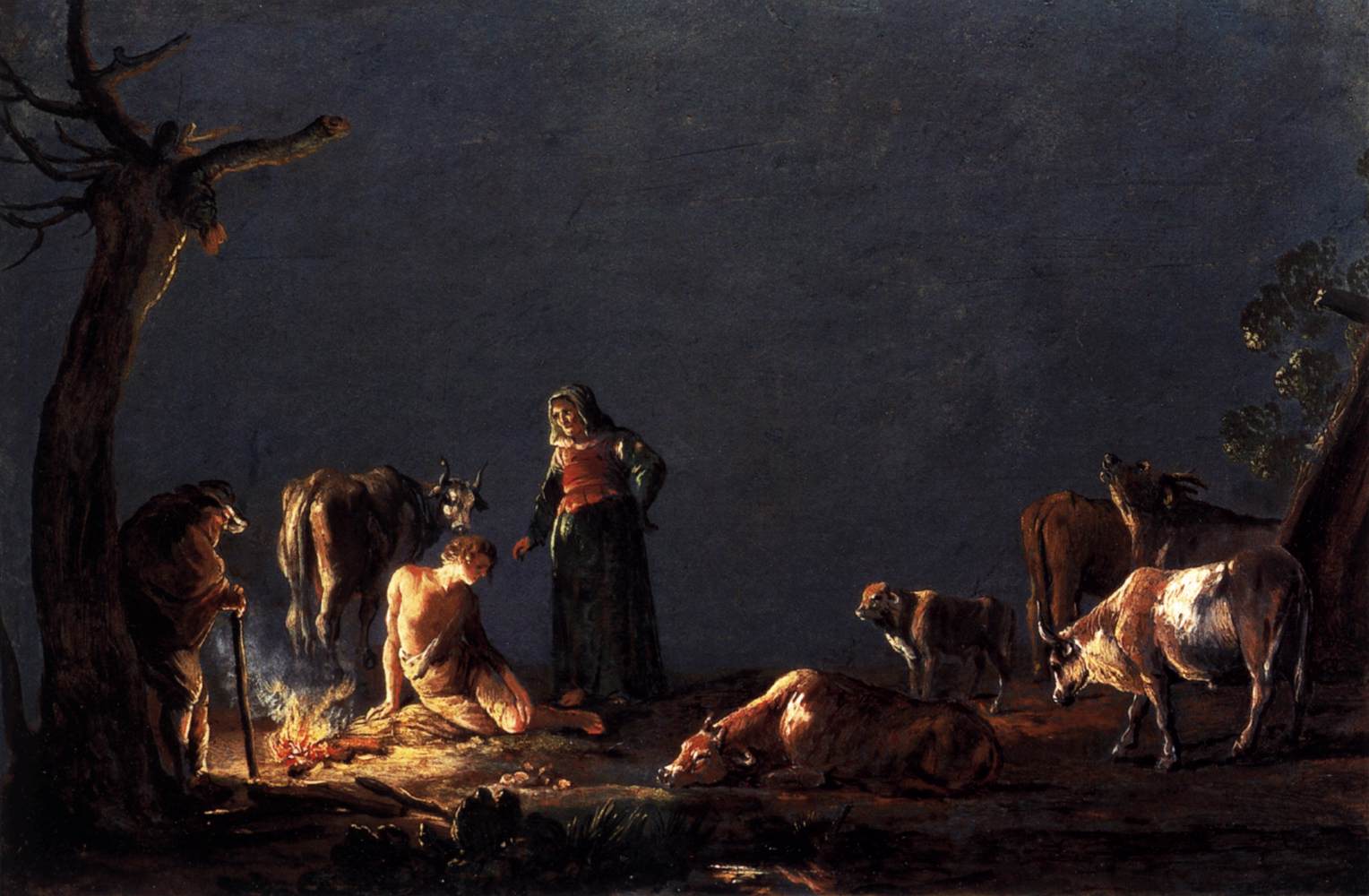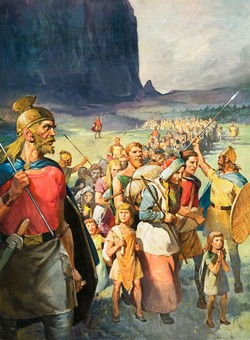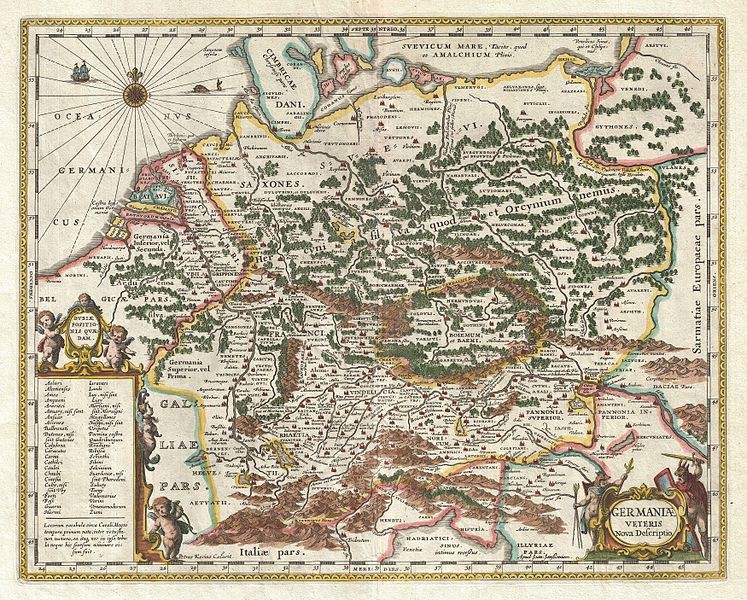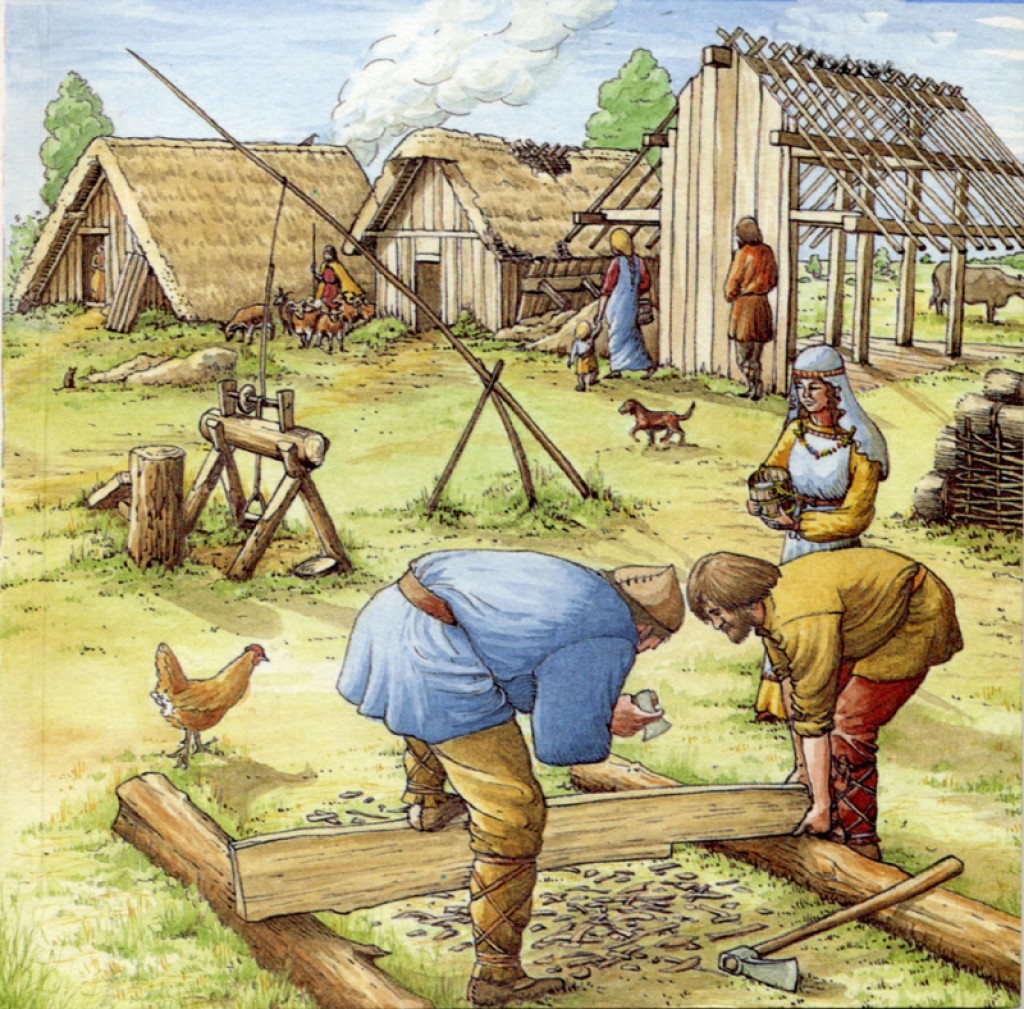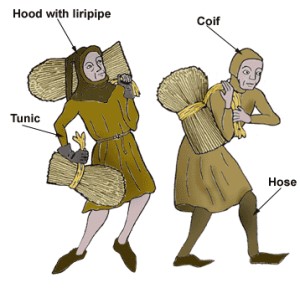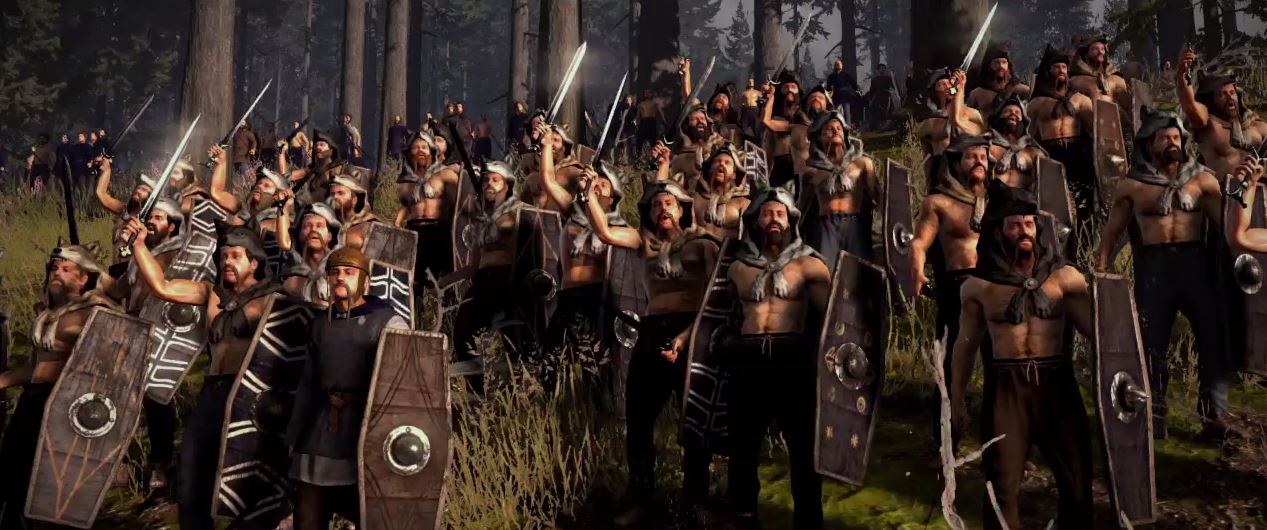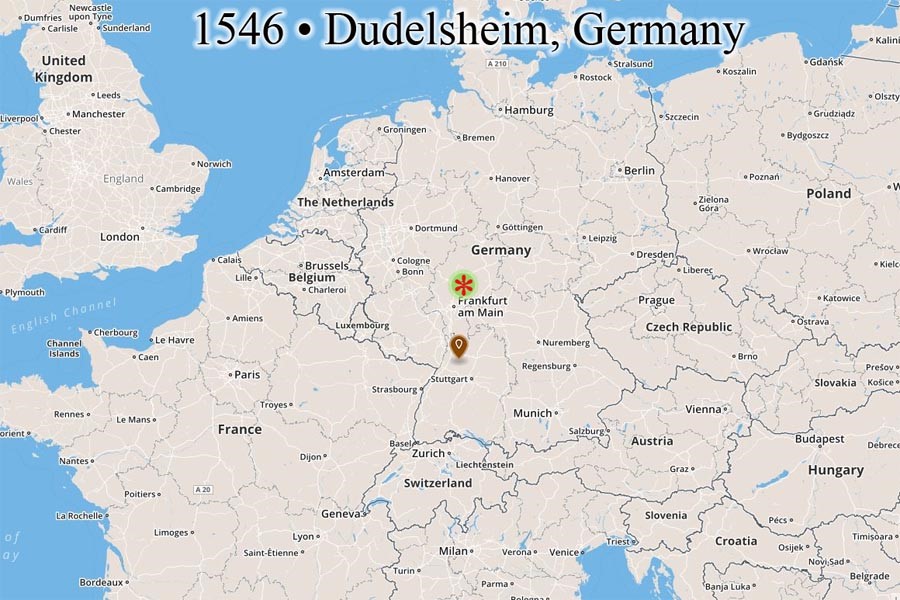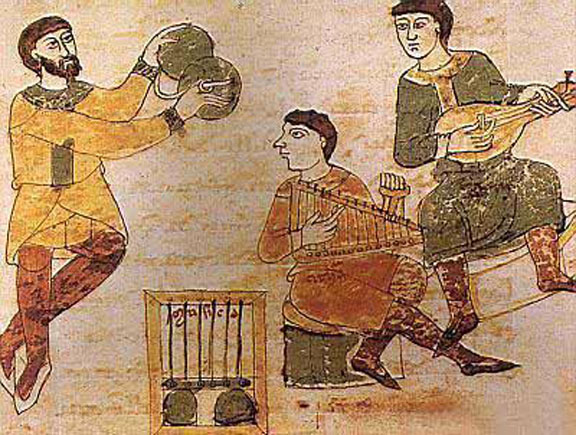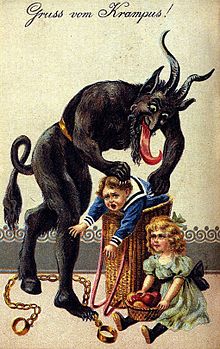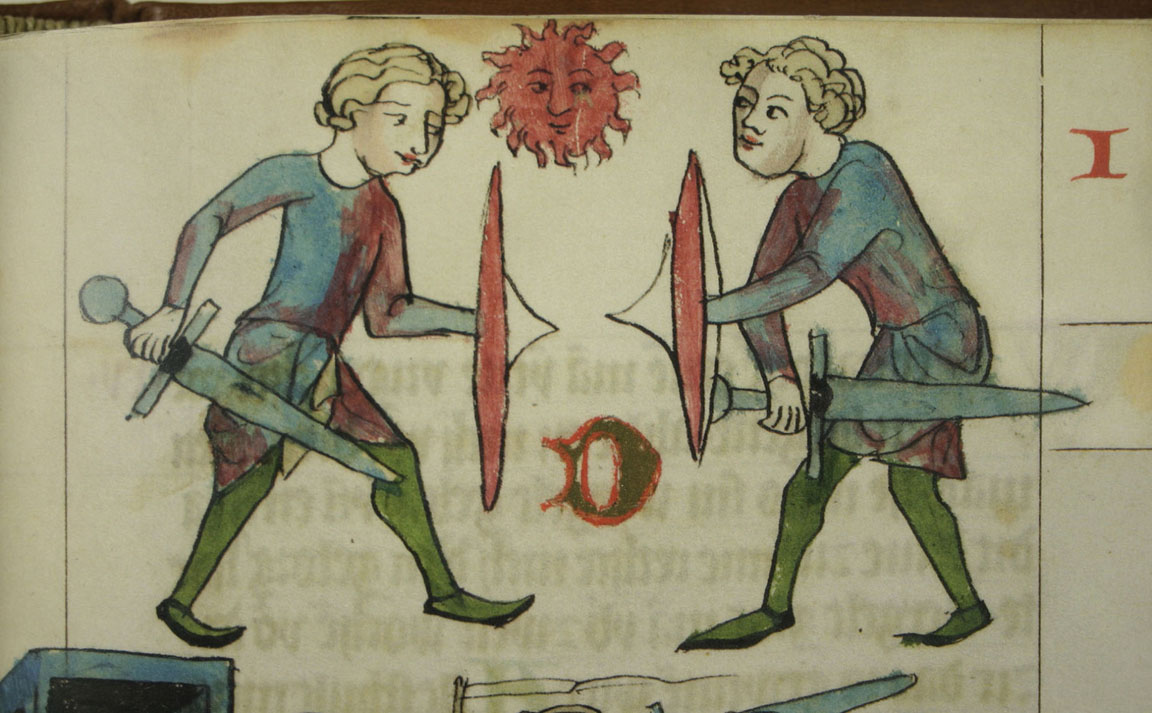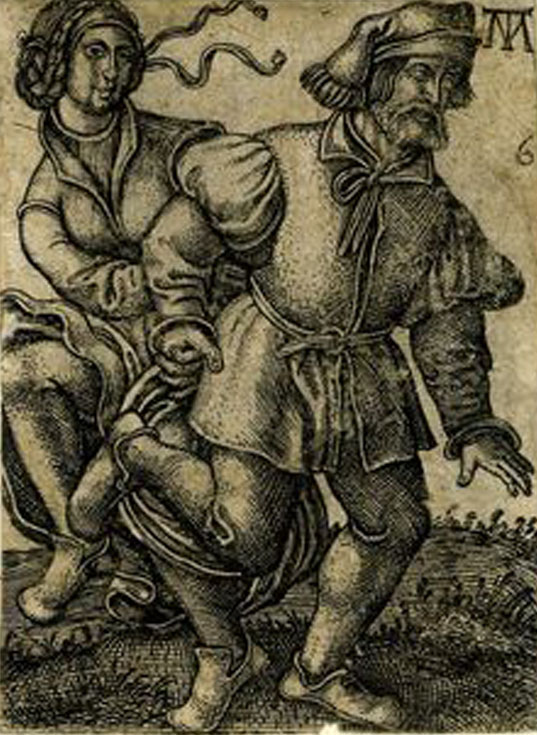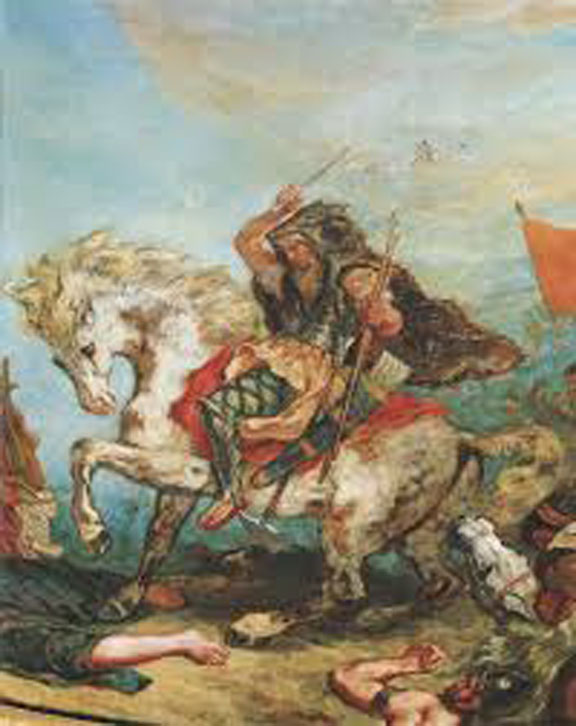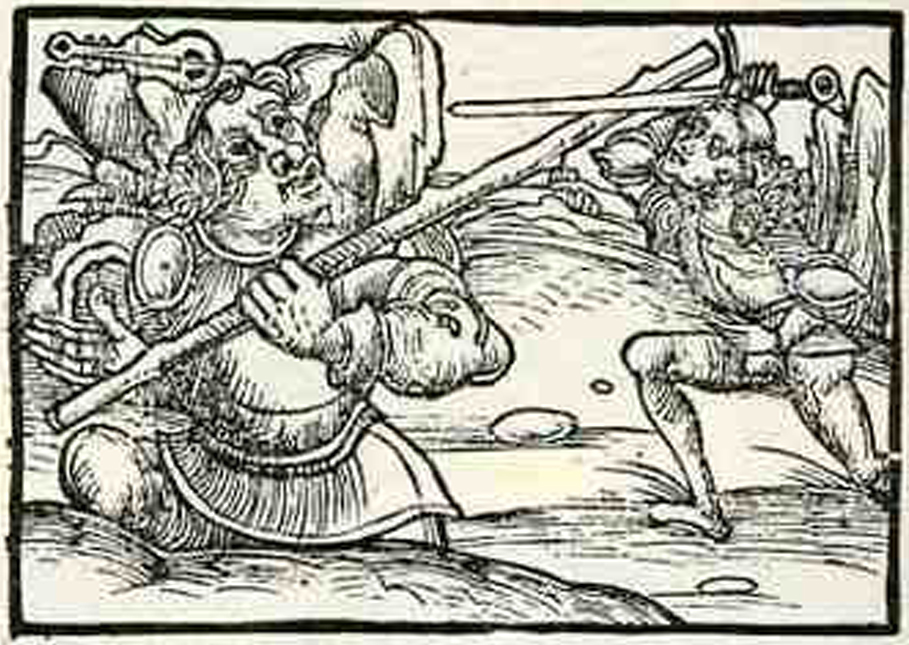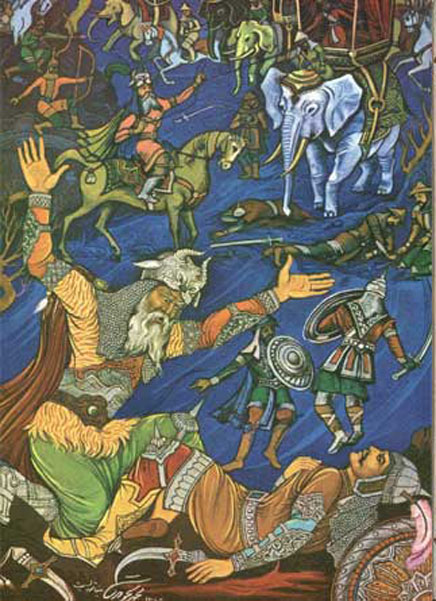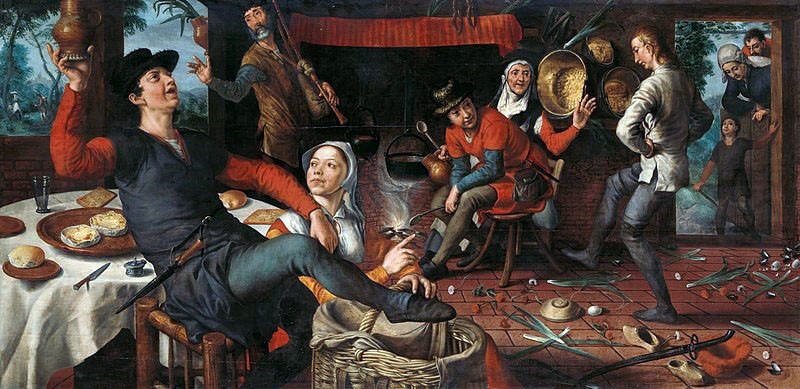The haughty person – 1500s Hassan Germania
the warmth of the fire
The sparks quickly rose and snapped above the head of the last night watchman as he stirred the fire while the dawn announced a new day. The flame lighting up the morning alarmed some of the people who were sleeping on the ground nearby, but the guard quickly assured them that he was still there on watch. The man had stood alone against the dark all night, protecting not only his family but his tribe and his community as well, armed with only the fire.
His tribe had given him the name of Knauss (ka-now-ss), which means “The haughty person.” (Birth – Dudelsheim, Germany to Death – Hessen, Germany unknown dates, 9th great-grandfather.)
The haughty person
His people were known as the Chatti, which means anger or hate, so they became known as the haters or the angry. During the early years of the 16th century, the tribe became part of an anti-Roman and anti-Papal movement that eventually led to the “Lutheran Revolt.”
1657 Jansson Map of Germania
Resistance to the Church erupted in the German lands of the Holy Roman Empire. All the people were involved, both the upper and lower classes, including all the Chatti tribes. The followers came to be known as Protestants because of their “protest against the Church.” This movement was the beginning of the religious movement known as the “Reformation.” The Chatti had revolted against their oppressors and thus earned their name.
Native American story part 1
Centuries later, after first meeting them, the English bestowed an Old English (Anglo-Saxon) expression on these people. They called them the Hatar, meaning “people of destruction.” The Chatti men, or the Hessi, lived on the edges of the forest. Later, they became known as the Hessians.
People of peace and quiet
Despite their tribal reputation, they were a people of peace, unassuming, but conscientious in their line of toil. Nearly all of them tilled the soil, but some followed other manual pursuits. For instance, most of the younger men did hunting and fishing.
Nearly all of them tilled the soil
They cared little about social advancement but were content with clearing land to farm. However, to survive in these times, every man, woman, and child had to be a jack-of-all-trades. Everyone worked in the fields and gathered wild foods like nuts, berries, edible root plants, and this took up most of their time during the daylight hours. Still, many activities also took place around a fire at night, like mending clothes and fixing tools, while they told each other stories.
Knauss had demonstrated to the tribe that he was very skilled in self-preservation. He always was upfront, leading the community when it was time to make a move. Either for safety from the weather and the elements. Or to seek protection from the local lords and their influence over their enemies. So many different men of power tried to express control over the common person that it was next to impossible for anyone to know who you could trust or count on. Knauss displayed an instinct about survival, and especially a high awareness of his surroundings.
But Knauss is mainly remembered for his stories at the evening campfire. There, his true talents blossomed in the light of the late-night flames. Night after night, he held the tribe captive by the warmth of the fire as he breathed life into his heroic stories of their past. He created a sense of security, a feeling of fellowship, and a connection with their history.
The Chatti men
There were many stories about bravery and courage. The poems and songs told how they promoted their heroic men to power and how they obeyed those whom they had promoted. The men kept in their ranks but always took advantage of their opportunities. The Chatti tribe was strengthened through Knauss’s stories that linked the present with their past and future. It was a nurturing act, connecting both the listener and storyteller. The tribe bestowed great veneration upon Knauss for his ability to tell a good tale. Knauss knew all the current tales, and he could compose verses at a moment’s notice.
It was easy for Knauss’ young son, Peter Lee Knauss (1546 to 1602, 8th great grand-father), to remember the stories his father had told by the campfire about the Chatti men and their tribe. Knauss also played many instruments, including the Dulcimer, Harp, Lute, and he always had in his pocket a handmade flute that he performed while walking. Peter also had one, and they often played together.
Peter Lee Knauss was born here 1546
The stories taught the younger men how to be leaders and always check their impulses. Fortune was regarded as doubtful, but courage as unfailing. They were encouraged to push out during the day gradually and entrench themselves by night.
The castanets, dulcimer, harp and lute
Knauss told the story about Krampus, the “half-goat, half-demon,” who, during the Christmas season, punished children who had misbehaved. This story was the opposite character of Saint Nicholas, who rewarded the well-behaved children with gifts.
Krampus
Peter had a favorite story he liked to hear, and he often requested it. It was one of the earliest German folktales of Hildebrand and Hadubrand, two warriors that met and prepared for combat. Knauss always began “The Song of Hildebrand,” like this as he sang:
“I heard tell
That two warriors, Hildebrand and Hadubrand,
Met in single combat, between two armies.
The warriors, father and son,
Prepared their armor,
Made ready their battle garments,
Girded on their swords over their ring mail
When they rode to battle.”
Song of Hildebrand
Knauss went on to tell a tragic story, and it was about a father and son that failed to recognize each other on the battlefield.
“The two warriors met on a battlefield,
And they were the champions of their two armies.”
He stood tall and ambled, around the backs of his listeners around the fire-circle as he kept on speaking.
“Now the older man, Hildebrand,
Asked for the identity of his opponent
And where did he come from.”
Knauss revealed that Hadubrand did not know his father. Because Hildebrand had fled eastward, leaving behind a wife and small child, Hadubrand believed his father to be dead.
Knauss acted out each character’s part and continued,
Acting out a story
“Hildebrand told him that he would never fight
Such a close kinsman and offered him gold arm-rings
That he had received as a gift from the Lord of the Huns.”
Everyone in the tribe recognized this as a reference to Attila the Hun. Knauss whispered when he told the listeners,
Attila the Hun
“This was Hildebrand’s way of trying to show
That he was his father.”
Knauss became quite angry as he said,
“Hadubrand rejected the arm-ring
Then he accused Hildebrand of trying to trick him.
He told him once again that his father was dead.”
Knauss took a little pause before he continued,
“Hildebrand told Hadubrand that his good armor
Showed he had never been in combat,
But Hadubrand accepted his fate,
Feeling that it would be cowardly to refuse battle.
Hadubrand challenged Hildebrand to win his armor.”
Knauss said,
“Hildebrand’s shield bore paintings
Of the warriors, he had killed in battle.”
Jumping around, Knauss fought an imaginary war with himself, playing both sides.
“The two warriors threw spears at each other.
Then they closed in for combat
And fought until their shields were destroyed.”
The battle
Now at this point, Knauss would take the storyline in different directions. The listeners were always ready to hear which way he would take it this time. Each time Peter listened to his father tell this story, the ending was different.
Sometimes, he would not finish the story at all and leave the listener hanging on until the next night for his ending to the tale. The flexibility of oral storytelling allowed Knauss to mold the story according to the needs of the audience, and he took full advantage of this each time he told it.
Sometimes Knauss would end the story abruptly by saying,
“Then Hildebrand had no choice
But to kill his son after the dishonourable act
Of standing against him in battle.
This was an act of treachery.”
The dishonorable act
Or he might have a different ending like,
“Hildebrand spared his son’s life
And took him in his arms.”
Knauss made the point,
“How could a father and son
Fail to know each other when they meet?”
He took a long look at everyone right in the eye and told them,
“Families have to stay close-knit,
Like a fine woollen blanket that holds together,
Even when treated roughly.”
Knauss was a huge man of the tribe, but he became a little child, full of laughter around the children. His personality added to the characters in the story. He enhanced each tale with the addition of anything he could pick up and use as a visual tool for a specific action.
His listeners were physically close together, often seated in a circle, while telling the story. The people became not only physically close, but they developed a connection to each other through this communal tradition.
His listeners experienced the creative process taking place in their presence. They felt like part of that creative process, and Knauss held a personal bond with all of them. Each time Knauss told these stories, he passed on the oral history that reminded the tribe who they were. He knew some young person listening to him would pick up the torch when he was ready to pass it on and become the next generation’s voice from the past.
 Games children played – Middle Ages
Games children played – Middle Ages
Oral storytelling has been around as long as human language. It originated from simple chants that people sang as they worked at daily tasks like grinding corn or sharpening tools. Storytellers combined stories, poetry, music, and dance to entertain their listeners.
Working at daily tasks
Traveling storytellers were called troubadours or minstrels, and they would learn various regions’ stories while also gathering news to bring back to their villages. Their stories told the history of a culture that was handed down from generation to generation. They became historians for their communities, and the exchanging of stories was how news spread across the land. The storytellers created myths to explain what they saw happening in nature, and they assigned superhuman qualities to ordinary people, creating the first superheroes.
>>Click here<<<
The haughty person – part 2
